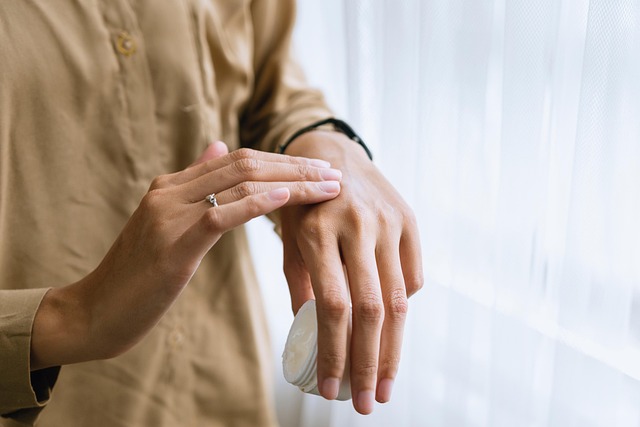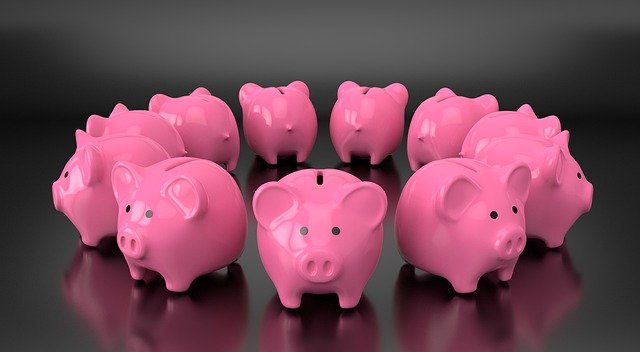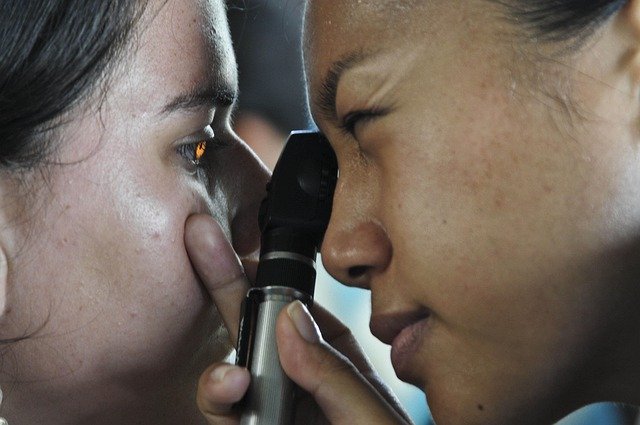The Transformative Power of Makeup: A Historical and Cultural Perspective
Makeup has been an integral part of human civilization for thousands of years, serving a multitude of purposes ranging from religious rituals to personal beautification. Its role in society has evolved significantly over time, reflecting and even shaping cultural norms, power dynamics, and beauty standards. This article delves into the fascinating history of makeup, its significance in different cultures, and its influence on individual self-expression and societal perceptions of beauty.

The Role of Makeup in Ancient Civilizations
The use of cosmetics can be traced back to ancient times, with archaeological evidence showing that makeup was used as far back as 7,000 years ago. In ancient Egypt, both men and women used kohl to line their eyes, not only for aesthetic purposes but also to protect their eyes from the harsh desert sun. The Egyptians also used red ochre for lips and cheeks, and henna to dye their nails and hair.
In ancient Greece, the use of makeup was associated with social status. Wealthy women used white lead and crushed mulberries to achieve a pale complexion and rosy cheeks, respectively. Meanwhile, in ancient Rome, cosmetics were used as a symbol of power and wealth. The Romans used a variety of makeup products, including foundation made from white lead, kohl for the eyes, and rouge made from red ochre.
Makeup in the Middle Ages and Renaissance
During the Middle Ages, the Church condemned the use of makeup, associating it with vanity and sin. As a result, a natural look was preferred, and women often used home remedies to improve their complexion and maintain a youthful appearance. However, in the late Middle Ages, the use of makeup started to resurface among the noble classes.
The Renaissance period marked a return to the use of cosmetics among the upper classes. Pale skin was seen as a sign of wealth and nobility, as it indicated that one did not have to work outdoors. As such, women often used lead-based makeup to achieve this look, despite the severe health risks associated with lead poisoning.
The Evolution of Makeup in the 20th Century
The 20th century marked a significant shift in the use and perception of makeup. As women gained more rights and freedoms, makeup became a tool for self-expression and empowerment. During the 1920s, the flapper style popularized bold makeup looks with dark lipstick and heavily lined eyes. In the 1960s, the mod look introduced bright colors and dramatic eye makeup.
The late 20th century saw a move toward more natural makeup looks. However, the advent of social media in the 21st century has brought about a resurgence of bold and creative makeup trends, reflecting the increasing diversity and individuality in beauty standards.
The Impact and Reception of Makeup in Modern Society
Today, makeup is a billion-dollar industry, with a wide range of products catering to different skin tones, types, and preferences. It is seen as a form of self-expression and creativity, with makeup artists being recognized as legitimate artists in their own right.
However, the industry has also been criticized for perpetuating unrealistic beauty standards and for its lack of diversity and inclusivity. In recent years, there has been a push for more representation in the beauty industry, with more brands expanding their shade ranges and featuring diverse models in their campaigns.
The Transformative Power of Makeup
Makeup has the power to transform not only one’s appearance but also one’s self-perception. It can enhance one’s features, boost confidence, and allow one to express their individuality. Despite its often superficial association, makeup holds a deeper significance for many people. It is a form of artistry, a tool for self-expression, and a means of challenging societal norms and expectations.
In conclusion, the history and cultural significance of makeup highlight its transformative power and its enduring relevance in human society. As we continue to challenge and redefine beauty standards, the role of makeup in personal expression and societal perception will undoubtedly continue to evolve.




